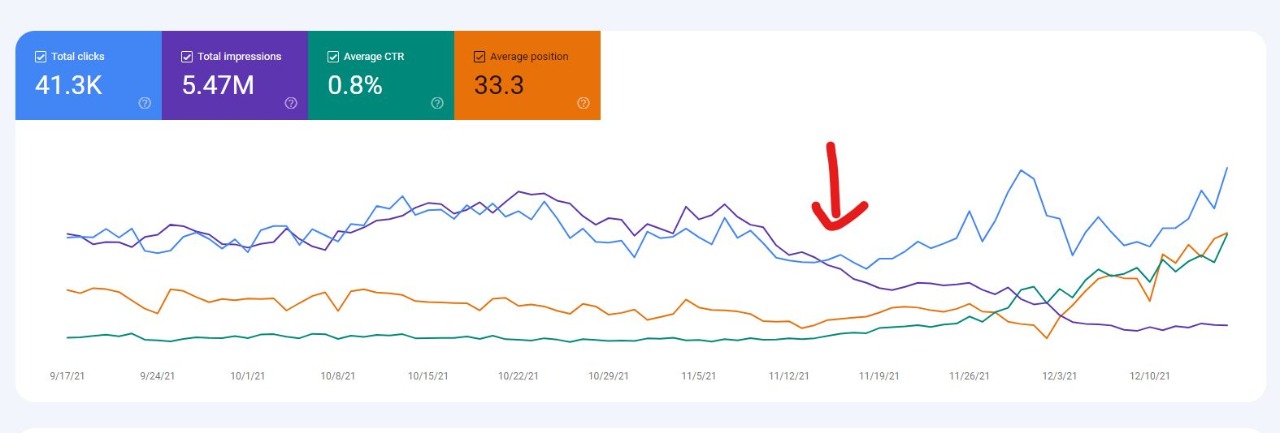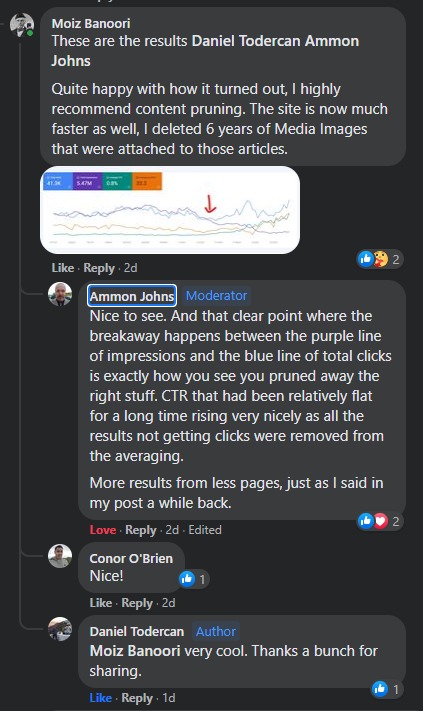Our content pruning strategy tripled clicks, improved average position, and removed over 10,000 outdated articles.
Case Study
How We Tripled Organic Clicks Through Content Pruning
Here’s a Detailed Look at the Content Pruning Strategy We Implemented for Our Client.
Services We Provided:
Key Takeaways:
- Clicks increased by nearly 3x post-pruning.
- Average position improved due to better link juice distribution.
- 10,000+ outdated articles removed, leading to more focused SEO performance.
Background
The client, an established website with over 15,000 articles, faced declining SEO performance due to a high volume of outdated, low-quality content. Many articles were irrelevant, poorly optimized, and diluted the SEO value for important pages. A content pruning strategy was essential to improve crawl depth, performance, and user engagement.
Initial Situation
The website had a vast library of over 15,000 articles, but more than 10,000 were no longer relevant or contributed little to the site’s performance. These outdated articles clogged the site, resulting in poor SEO rankings, low engagement, and diluted “link juice.” A thorough content pruning approach was needed to restore SEO health.
Our Approach
We performed a detailed audit of the website, using tools like Google Analytics, Ahrefs, SEMrush, and Majestic to assess the performance and relevance of each article. Articles were categorized into three groups:
- Bad Articles: Identified articles with fewer than 500 views, outdated content, or poor quality.
- Good Articles: Retained those that attracted views or had high-value backlinks.
- Important Articles: Essential site pages like ‘About Us’ and ‘Editorial.’
Content Merging and Redirection
We merged related articles with low traffic into their higher-performing counterparts, setting up appropriate 301 redirects to ensure SEO continuity.
Article Removal
Over 10,000 irrelevant articles were removed permanently using a 410 status code to indicate their permanent deletion to search engines.
Post-Pruning Cleanup
We recrawled the site to identify and resolve any post-removal issues such as broken links, redirects, and canonical inconsistencies.
Performance Monitoring
We closely monitored the site metrics after pruning. Notably, the average position on Google increased, and clicks grew by nearly 3x, despite the overall impressions dropping due to the removal of irrelevant content.
Considerations for Effective Content Pruning
- Backlink Preservation: Redirect valuable backlinks to appropriate pages.
- Article Merging: Consolidate related content to improve SEO.
- Staging Precautions: Perform major changes on a staging site to minimize disruptions.
- Final Crawling and Cleanup: Use tools like Screaming Frog to ensure there are no lingering issues like broken links or redirects.
Results
Post-pruning, the client saw significant improvements in SEO performance:
- Clicks: Increased nearly 3x due to better content visibility.
- Average Position: Improved as link juice was redirected to valuable articles.
- Impressions: Decreased, reflecting the removal of outdated content ranking for irrelevant keywords.
- CTR: Increased as fewer but more relevant articles were visible to users.


Summary
The content pruning strategy successfully streamlined the website, leading to significantly improved SEO performance. Our detailed approach ensured valuable content remained while low-quality articles were removed, helping the client achieve better rankings, higher click-through rates, and more relevant traffic.
Moiz Banoori
Moiz Banoori is a Digital Marketing specialist with over eight years of experience in content creation and digital journalism. He leads teams at various brands and focuses on developing effective SEO strategies that enhance online visibility. With a degree in journalism, Moiz combines his passion for storytelling with technical skills to deliver innovative digital solutions at REDLUMB, helping clients achieve their online goals in a competitive landscape.
Connect with us
Ready to see how REDLUMB can help you reach your consumers and maximize your ROI?
